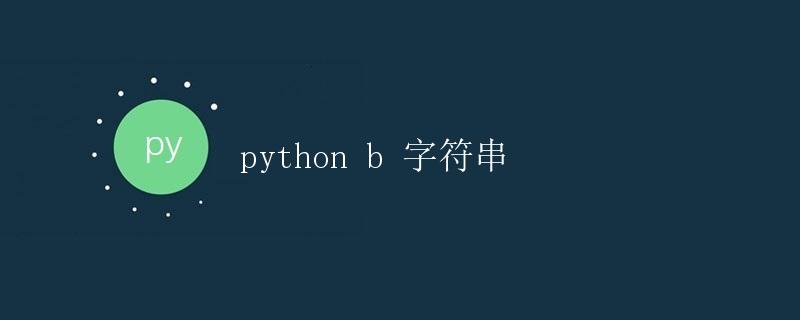python 字符串

在编程中,字符串是一种非常常见的数据类型,用来表示文本数据。在Python中,字符串是不可变的序列,可以使用单引号、双引号或三引号来表示字符串。
字符串的定义
使用单引号或双引号定义字符串
str1 = 'Hello, World!'
str2 = "Python Programming"
print(str1)
print(str2)
运行结果:
Hello, World!
Python Programming
使用三引号定义字符串
三引号(”’ 或 “””)可以用来表示多行字符串
str3 = '''This is a
multiline
string'''
print(str3)
运行结果:
This is a
multiline
string
字符串的操作
字符串的长度
可以使用len()函数来获取字符串的长度
str = "Hello, World!"
print(len(str))
运行结果:
13
字符串的拼接
使用+运算符可以将两个字符串拼接在一起
str1 = "Hello,"
str2 = "World!"
result = str1 + " " + str2
print(result)
运行结果:
Hello, World!
字符串的重复
使用*运算符可以实现字符串的重复
str = "Hello, "
result = str * 3
print(result)
运行结果:
Hello, Hello, Hello,
字符串的切片
可以使用索引来获取字符串中的单个字符,也可以使用切片来获取字符串的子串
str = "Python Programming"
print(str[0]) # 获取第一个字符
print(str[7:18]) # 获取子串 "Programming"
运行结果:
P
Programming
字符串的查找
可以使用find()、index()或in关键字来查找子串在字符串中的位置
str = "Hello, World!"
print(str.find("World")) # 返回子串的起始位置
print(str.find("Python")) # 如果子串不存在,则返回-1
print(str.index("World")) # 返回子串的起始位置,如果子串不存在则会报错
if "World" in str:
print("Found")
运行结果:
7
-1
7
Found
字符串的替换
使用replace()方法可以将字符串中的子串替换为新的子串
str = "Hello, World!"
new_str = str.replace("World", "Python")
print(new_str)
运行结果:
Hello, Python!
字符串的分割
使用split()方法可以将字符串分割成列表
str = "Hello, World!"
words = str.split(", ")
print(words)
运行结果:
['Hello', 'World!']
字符串的格式化
可以使用%或format()来格式化字符串
name = "Alice"
age = 30
formatted_str = "My name is %s and I am %d years old" % (name, age)
print(formatted_str)
formatted_str = "My name is {} and I am {} years old".format(name, age)
print(formatted_str)
运行结果:
My name is Alice and I am 30 years old
My name is Alice and I am 30 years old
字符串的方法
lower()和upper()
lower()方法用于将字符串中的所有字母转换为小写,upper()方法用于将字符串中的所有字母转换为大写
str = "Hello, World!"
print(str.lower())
print(str.upper())
运行结果:
hello, world!
HELLO, WORLD!
strip()、lstrip()和rstrip()
strip()方法用于移除字符串头尾的空格或指定字符,lstrip()和rstrip()分别用于移除左侧或右侧的空格或指定字符
str = " Hello, World! "
print(str.strip())
print(str.lstrip())
print(str.rstrip())
运行结果:
Hello, World!
Hello, World!
Hello, World!
isdigit()和isalpha()
isdigit()方法用于判断字符串是否只包含数字字符,isalpha()方法用于判断字符串是否只包含字母字符
str1 = "12345"
str2 = "abcde"
print(str1.isdigit())
print(str2.isalpha())
运行结果:
True
True
join()
join()方法用于将序列中的元素以指定字符串作为分隔符连接为一个新字符串
words = ["Hello", "World"]
str = ", ".join(words)
print(str)
运行结果:
Hello, World
count()
count()方法用于统计字符串中某个子串出现的次数
str = "Hello, hello, hello!"
count = str.count("hello")
print(count)
运行结果:
3
总结
字符串在Python中是一个非常重要的数据类型,我们可以进行各种各样的操作来处理字符串,如拼接、重复、切片、查找、替换、分割、格式化等。学好字符串的操作,对于日常的编程工作非常有帮助。
 极客笔记
极客笔记